Chinese fashion elements have always been closely related to Chinese traditional culture, auspicious patterns and Hanfu also have a very good combination.
There are many auspicious patterns in Chinese folk. On the new year's day, or on a festive day, people like to decorate their rooms with these auspicious patterns to express their yearning for a happy life and the celebration of a good day.
It is the most common way to extend and extend the natural attributes and characteristics of some animals and plants. For example, dragon and Phoenix are used to symbolize power. From ancient times to now, Dragon is the auspicious God of ancient China. It is regarded as the totem of the Chinese nation and has supreme status. In Chinese, pronunciation often corresponds to several Chinese characters, so using the same and similar pronunciation can achieve a certain rhetorical effect.
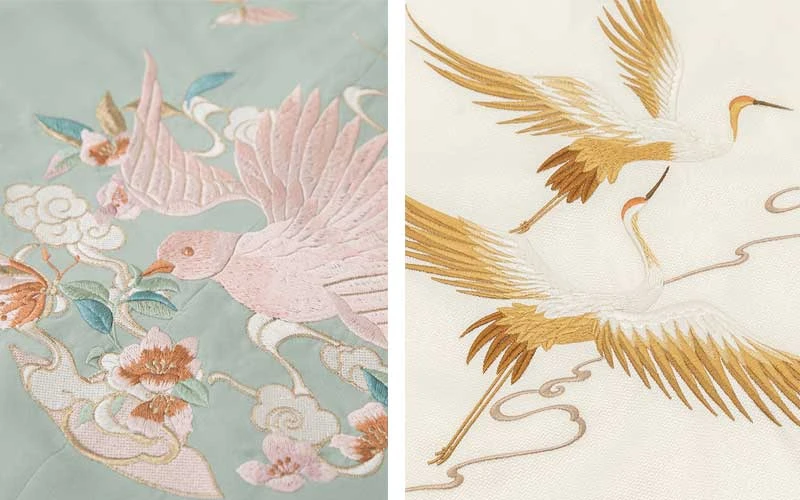
These auspicious patterns have been popular from the Han Dynasty to Ming Dynasty, and they are mostly seen in ancient porcelain of the Ming and Qing Dynasty. Today, Chinese fashion elements are constantly integrated into our modern life, and our Hanfu and auspicious patterns are also very well combined.
Let's follow the steps of Hanfu Time to see the matching styles of auspicious patterns and Hanfu. In 2020, put on Hanfu with auspicious patterns and feel Chinese fashion.
Chinese fashion of squirrel, grape, rabbit, fish
Squirrel & grape:
Most of them are found on the porcelain of the Ming and Qing Dynasties and the Republic of China. Grape and squirrel are called "many children", "abundant harvest" and "wealth".
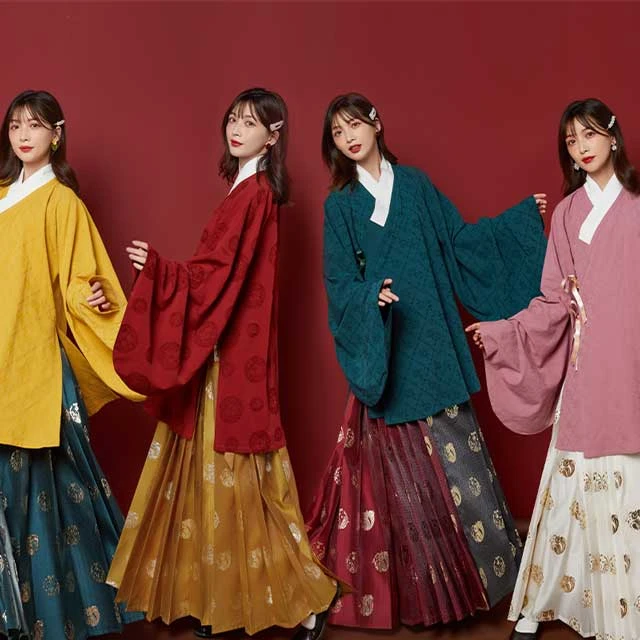
▲Ma-mian skirt and Ao match squirrel pattern, with texture.
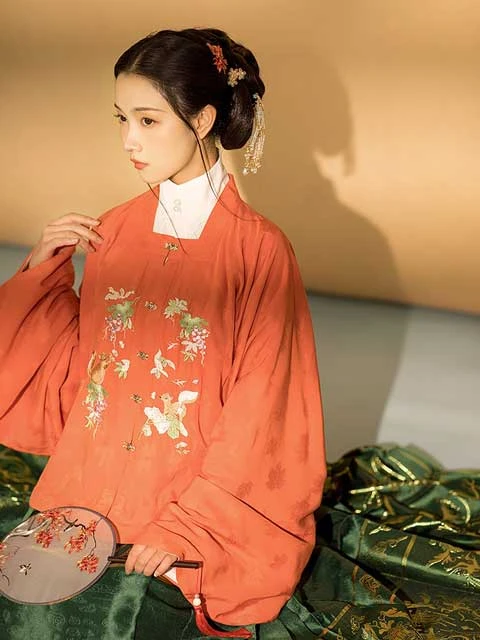
▲ squirrel and maple leaf match, orange and dark green can brighten skin color, very eye-catching.
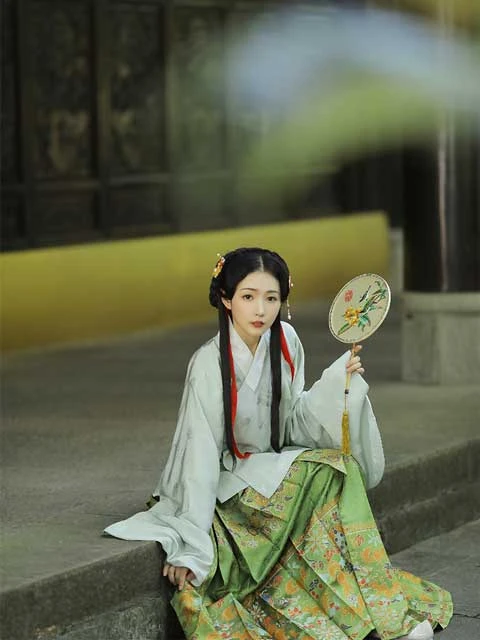
▲Ma-mian Dress skirt is very suitable for matching with auspicious patterns. The light green color gives a fresh feeling.
Rabbit:
Since ancient times, the rabbit has been regarded as divinity in many cultures, while in other cultures, it is associated with deceit, evil, and demagogue. All over the world, there are countless myths, legends, and allusions about rabbits. Both hares and rabbits are considered to be extremely prolific animals. Therefore, in many ancient cultures, they are often closely related to women, reproduction, the moon, and its orbit. They are also often seen as a sign of spring.
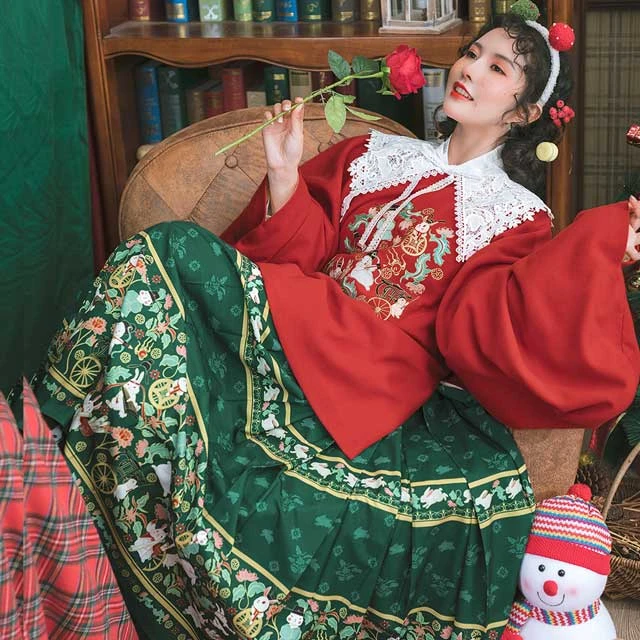
▲The rabbit has always been a cute mascot. The girl wearing the rabbit must be a soft girl, too.
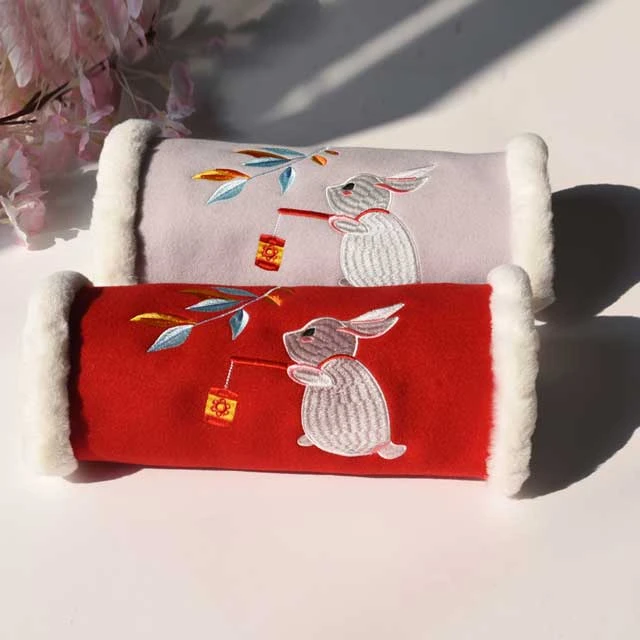
▲Warm hand objects with auspicious rabbits are also very cute.
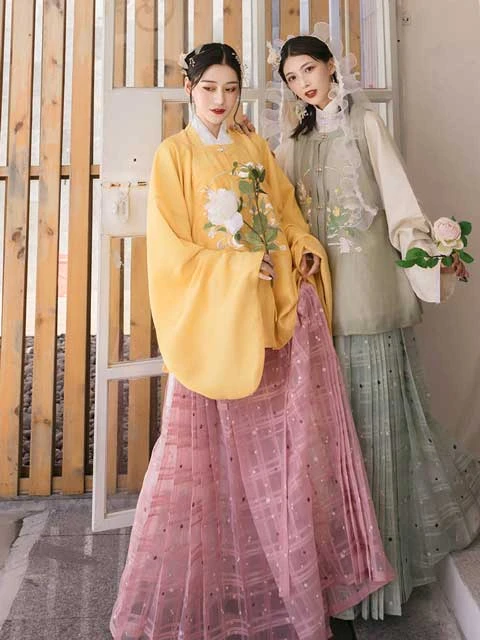
▲The skirt made of yarn looks slim.
Fish:
Fish, delicious taste, rich nutrition, variety, relatively easy to catch, so people have always liked fish. In the process of fishing and eating fish, it is found that fish have many seeds, strong vitality, and strong reproductive capacity. While ancient human beings suffer from many disasters and diseases, they live hard and have a poor environment. Therefore, people gradually have a certain demand and spiritual sustenance, hoping to be able to live without a lack of food and clothing. So people give fish all kinds of auspicious meanings.
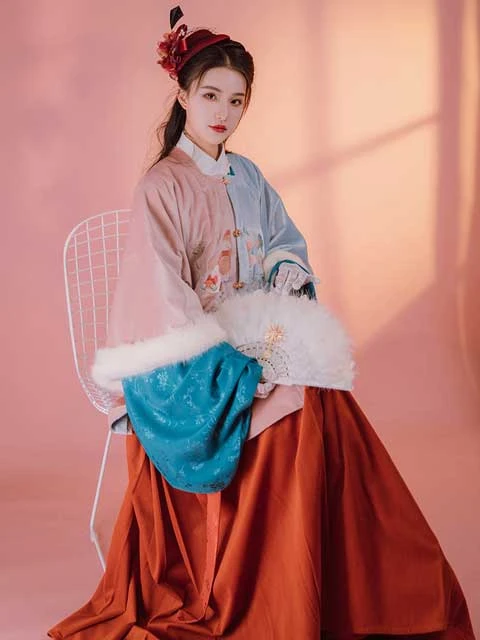
▲Color matching design, with auspicious fish pattern. New but not lack of classic.
Chinese fashion of peacock, magpie, deer
Peacock:
First seen in the Song Dynasty, one of the popular porcelain patterns in the Ming and Qing Dynasties. Peacock is very popular among people. It's the auspicious bird in the legend. It symbolizes the yearning for a prosperous age. Peacock and dragon phoenix patterns can be replaced with each other in a certain sense.
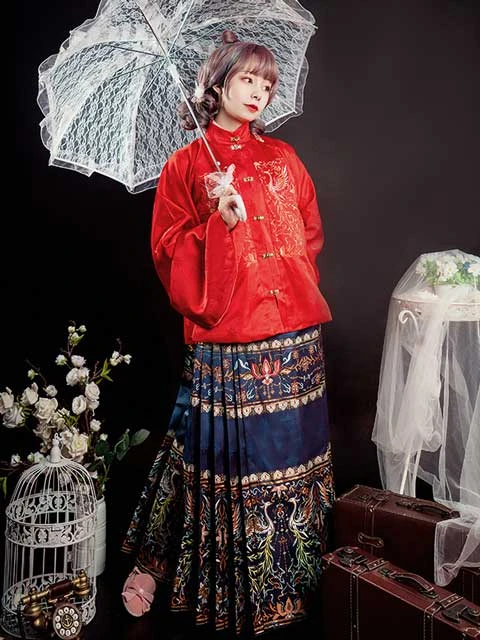
▲The pattern of peacock is suitable for the noble role positioning, so the background color is mainly peacock blue green and royal blue.
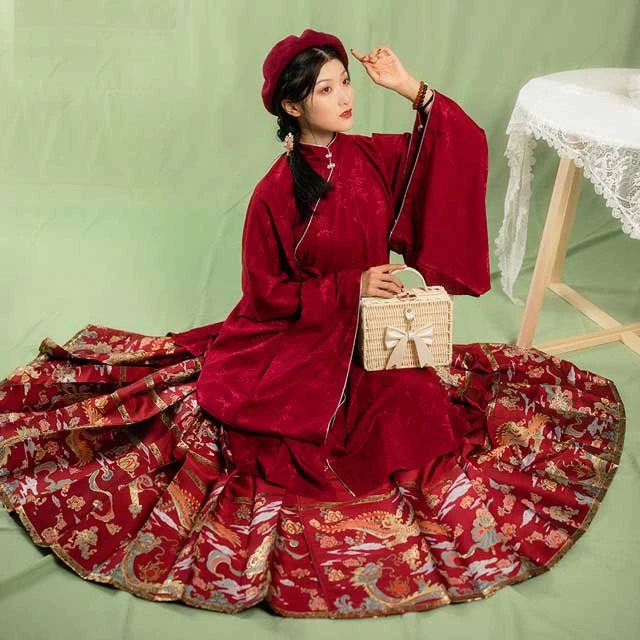
▲The peacock and Phoenix are the best in the totem, suitable for girls and grand occasions.
Magpie:
Magpie (喜鹊), the first word is 喜, literally means happy. In ancient times, magpies were called "divine magpies" and had the function of perceiving omens. If you meet a magpie when you go out, it bodes well.
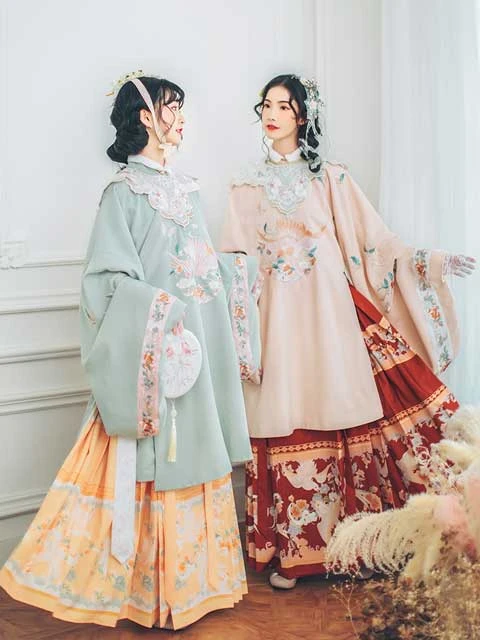
▲The magpie pattern is often accompanied by flowers and auspicious clouds. The color selection of the background color can also be more light.
Deer:
In Chinese, 鹿(deer) and 禄(salary) have the same pronunciation. On behalf of the promotion of rank and power.
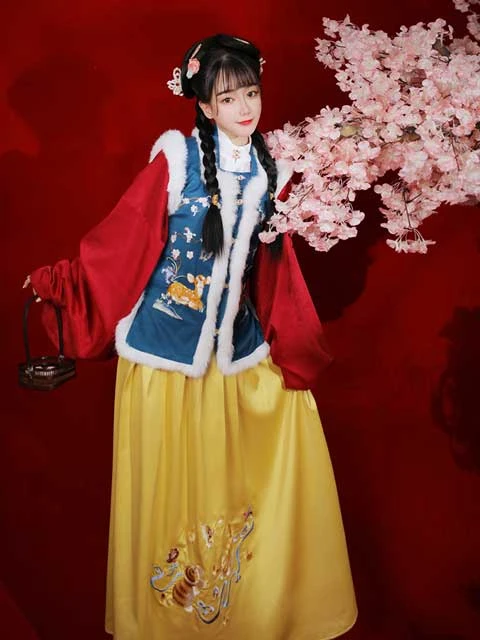
▲It's very suitable for new year's dress. The deer pattern is lively and ingenious.
Chinese fashion of crane, longevity peaches
Crane:
It is said that crane is the mount of longevity star, which means longevity.
Longevity Peaches:
Longevity peach refers to the peach that can prolong one's life in Chinese mythology. Today, longevity peach is still one of the main decorative patterns on porcelain. This is not only because of its strong sense of form and suitable for painting, but also because it has many auspicious meanings, which can convey people's blessings and expectations for a better life.
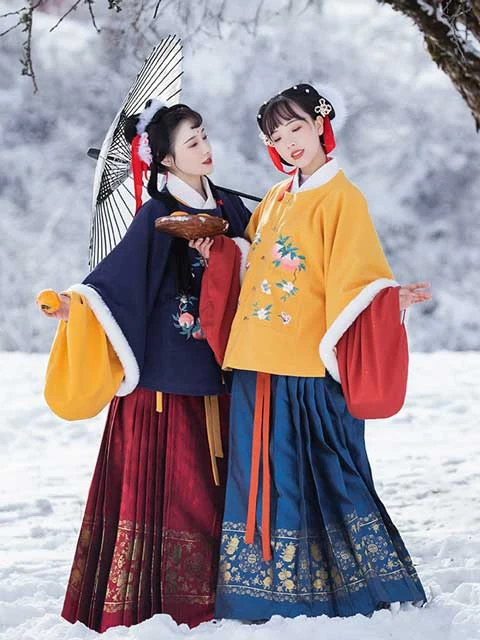
▲The combination of bright colors and exquisite accessories.
After reading so many Chinese fashion elements, do you have a favorite style?
More articles on Chinese fashion can be found at:
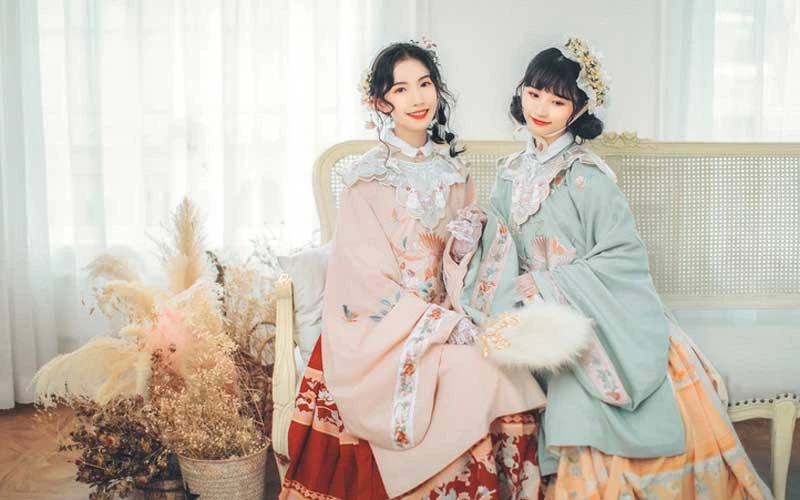

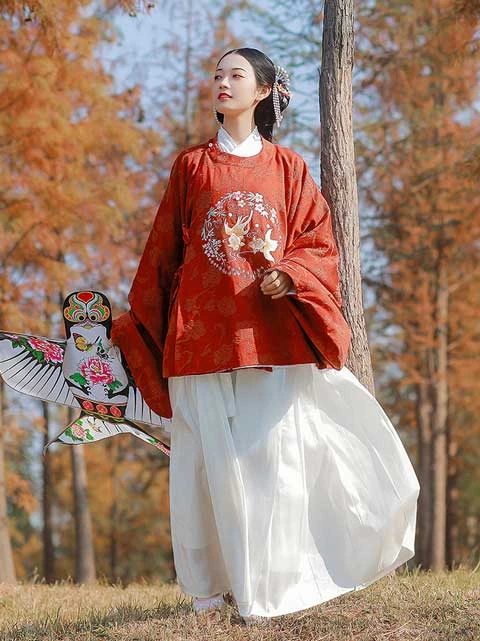


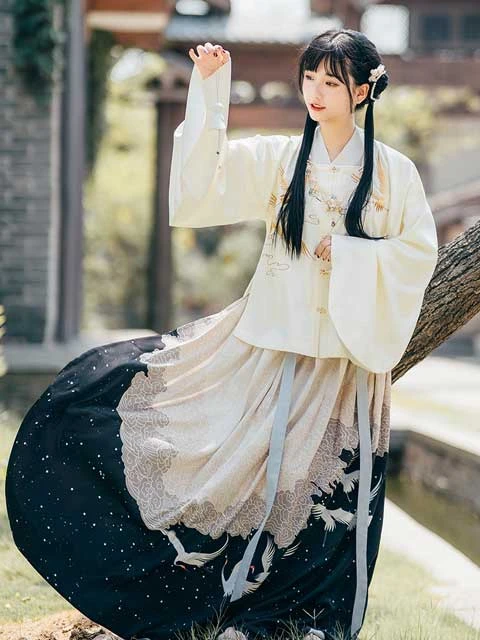
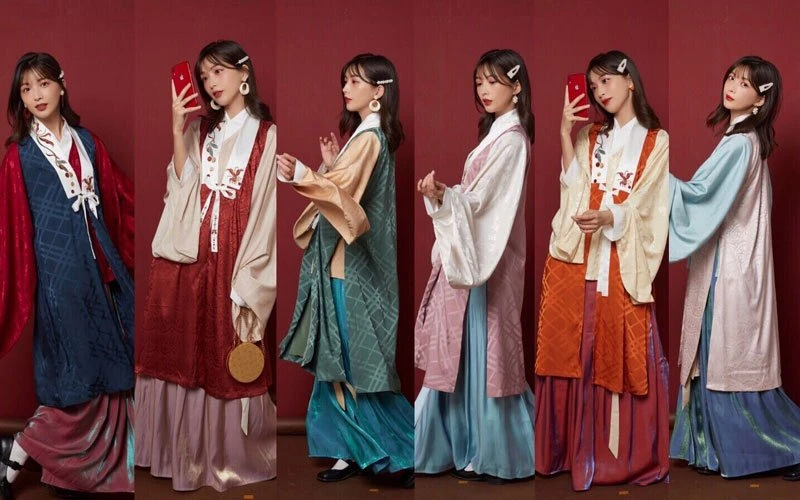
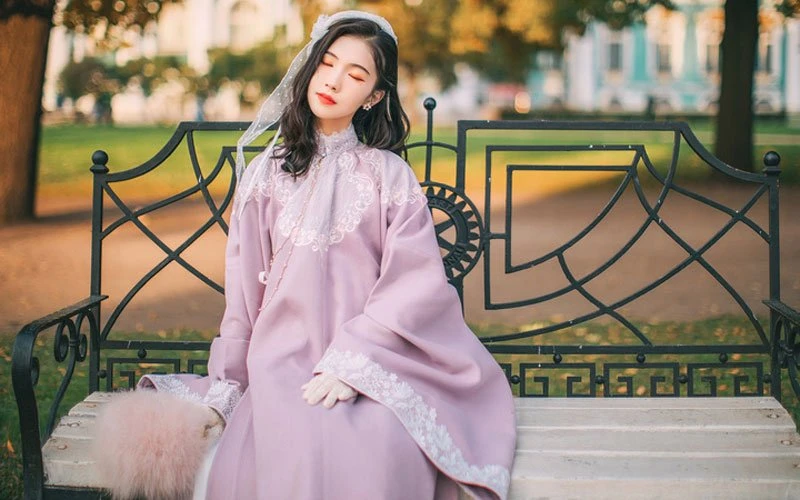
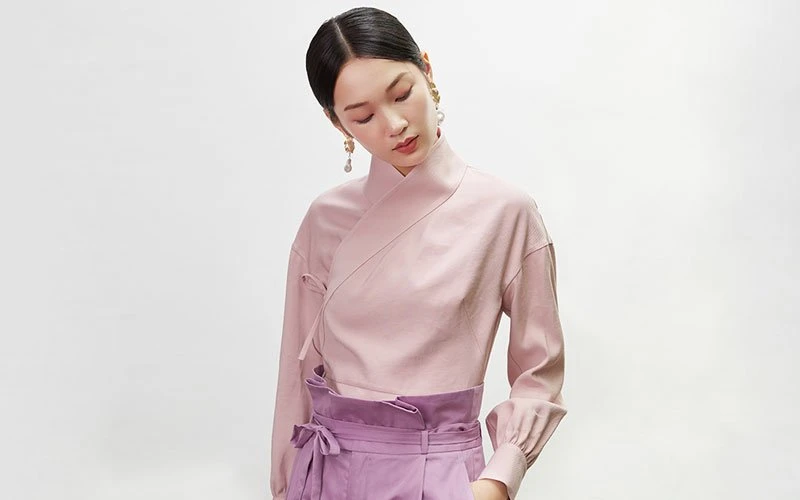

Currently questioning the origins of what the westerners call handmuff (the hand warmer thing). The earliest it was seen on the record is the 16th century. I wonder about the eastern part of the world.